
What is a web application?
The difference between a website and a web application isn’t actually that obvious.

That’s because an application is no longer limited to what can be accessed through an icon on your smartphone. Instagram, Twitter, Facebook: they’re all apps on your phone, but they’re also accessible through a web browser, on your smartphone as well as your laptop or desktop computer.
So, what’s the difference? A “classic” website is like a book, with pages you can visit. The content doesn’t change; new pages are simply added to the old ones.
A web application (which includes almost all modern websites) is dynamic and interactive. The pages may be custom-generated for you, the user. The application may be able to respond to your queries or generate custom reports. It may allow you to shop, watch a movie, find information, etc.
Note that “application” is not synonymous with “website.” A subscriber authentication system is an application. A search bar? Also an application. Video file player? You guessed it: application. The same goes for a store locator, reservation system or content display algorithm.
You’re probably starting to see how your business could benefit from one, or several, web applications.
Why do you need a web application?

Whether it offers products or services, your company probably has a website already. It may even be functional and up-to-date. So why change what works?
Think about the most popular websites you visit every day: Gmail, Facebook, Netflix, Amazon, Twitter.

These sites, or rather, these web applications, can adapt their content to each customer and facilitate their experience. This helps them attract and retain customers and maximize their exposure to products and services. The end goal? To increase profitability, of course!
It’s easy to see how a web application can drive sales. An application like Amazon’s that allows the customer to choose products and see suggestions is a proven concept.
From an internal perspective, a web application can simplify your life in many ways. Slack and Trello are examples of web applications that can help you with project management. But it’s also possible to develop applications that are specifically adapted to your needs.
An HR department, for example, could develop a web application for time tracking or payroll processing. Or a communications department could automate its postings on multiple networks.
Dynamic, interactive, secure, user-tailored: a web application can give you much more than a simple website, while being easier to manage.
In this article, you will learn how enterprise web applications can increase your productivity by making it possible to develop custom solutions that are perfectly adapted to your business processes.
What is application architecture?

As the name suggests, application architecture is the way an app is built. The architecture determines the application’s capabilities in terms of security, scalability, speed, robustness, and so on.
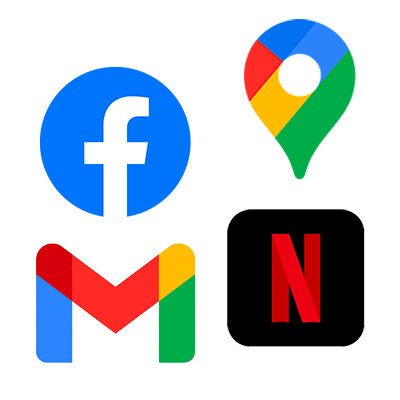
Applications typically rely on databases and servers. The application is the logic (code) that governs how these interact.
There are three main types of application architecture: single-page architecture, microservices architecture and serverless architecture.
For many simple applications, single-page architecture is ideal. Facebook, Netflix, Gmail and Google Maps are examples of this type of architecture. These applications give the illusion of containing an infinite number of pages, but they are actually loading infinite content within a single visual frame.
That makes navigation fluid and intuitive, and optimizes loading speed. Single-page architecture is the most common type of architecture.
Microservices architecture is preferable for more complex sites. The underlying concept is simple: each microservice (a very simple, lightweight application) performs a single function with great efficiency, and the resulting data is coordinated as it is generated.
For example, the Amazon application is made up microservices for the search, purchase, payment and tax calculation functions.
These functions are individually optimized to be as efficient as possible, and do not need to wait for results from another function, as is the case in monolithic applications.
This method makes it easier to manage huge projects and is ideal for applications that need to accomplish multiple tasks sequentially.
Finally, serverless architecture (as its name suggests) allows for faster hardware configuration of servers, since the data is hosted in the cloud (i.e., in rented network space).
This method is very robust since it relies on a multitude of decentralized servers.
How long does it take to build a custom web application?

Obviously, this will depend on the complexity of the web application.
If you already have functional modules, the time required could be whittled down significantly. If you use a low-code development platform, you may be able to reduce your production time even further.
Low-Code vs. Custom Web Development Services
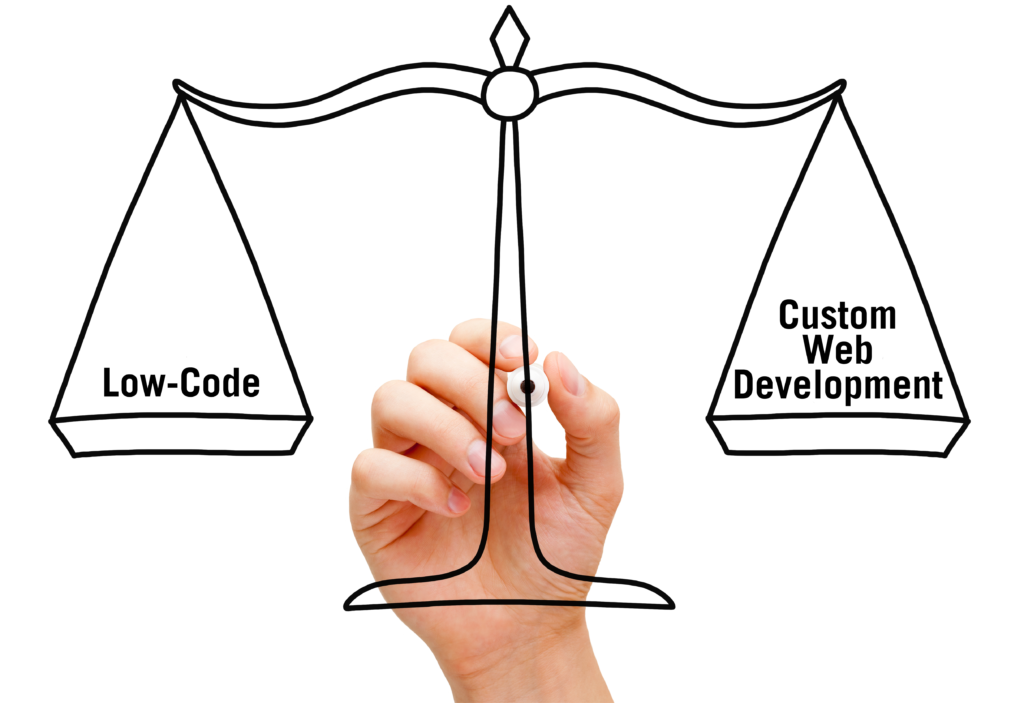
Low-code has an obvious appeal: people with little or no programming experience can develop basic applications on their own. This represents huge potential savings for a business. Given the shortage of skilled programmers, the ability for a marketing or HR team to develop an application adapted to their needs is exciting indeed.
The advantages of low-code are numerous and include low cost, ease of use and greatly reduced production time.
Many citizen developers begin to create a low-code application and then discover disadvantages, which can include limited ability for customization without greater know-how, and suboptimal application architecture due to amateur development practices. This can hinder the scope of applications, as well as their performance.
These disadvantages will not be an obstacle if you decide to hire a custom application development company.
Relying on professionals allows you to develop custom solutions without having to compromise on quality, security or control. Your application will be entirely your own, and its features can even surpass industry standards if you so desire.
But of course, it also requires time and money.

Custom web development services differ from low-code development services in the framework used. Most web development services will use an open-source framework rather than a licensed platform, which is more typical for low-code solutions.
Typically, custom web development is more flexible than a low-code platform, but may take longer, as features will have to be built instead of relying on pre-built templates and modules.
Firms offering both low-code and custom web development will be able to discuss your needs and recommend the best path forward, taking into consideration budget, timeline and desired functionalities.
What is the best enterprise web application framework?

There are many web application frameworks, each with distinct advantages and use cases. A few notable frameworks can be found below.
OutSystems
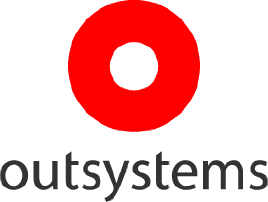
Based on the low-code philosophy, OutSystems offers an accessible and user-friendly interface. In 2021, OutSystems was named a leader by Gartner for Low-Code Enterprise Application platforms, and was noted for its exceptional ability to execute.
OutSystems has gained notoriety for the speed at which it can produce utility applications that are essential to any business. Registration management, automatic archiving, information portal: the possibilities are as varied as the needs, and rarely have they been so accessible.
Although OutSystems is low-code, it is also full-stack, which allows for greater flexibility than most low-code platforms, and and endless possibilities in terms of functionality. OutSystems allows for the quick creation of powerful solutions, including both mobile and web applications.
Laravel
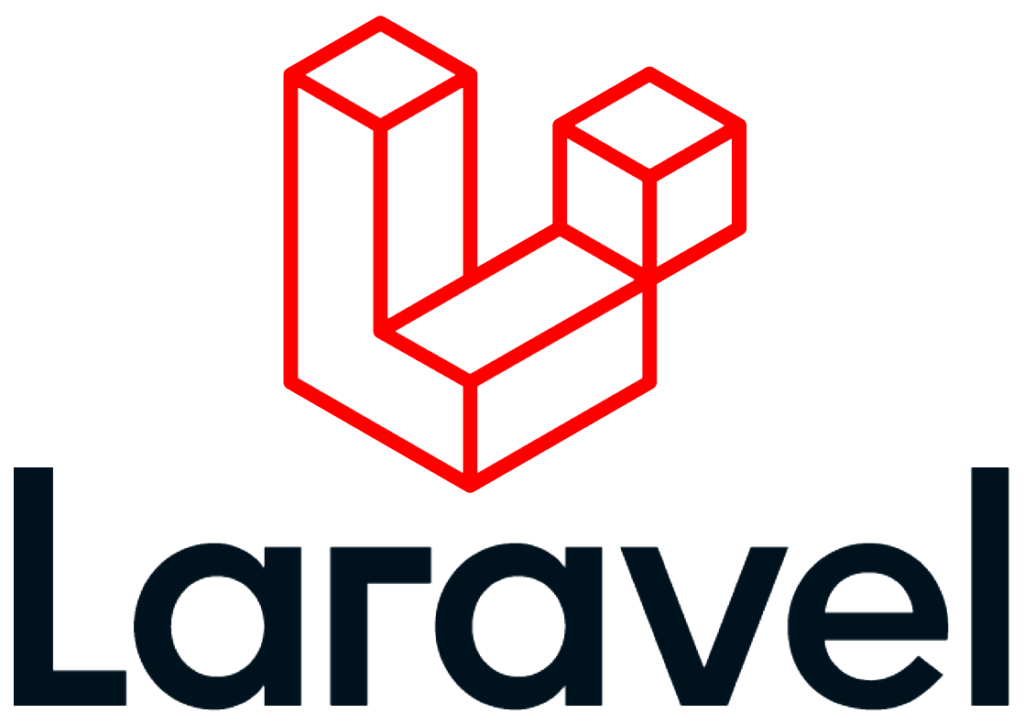
Laravel is a development environment based on the PHP language, one of the most widespread on the web.
Laravel offers a variety of pre-built add-ons that increase its versatility, and decrease development time. It is complemented by online training courses—on the PHP language, the Laravel ecosystem and front-end technologies—available on laracasts.com, which allow you to learn the environment quickly and without headaches.
Django
Aiming for the moon? Look no further: Django is the development environment of choice for the behemoths Google, YouTube and Instagram. It stands out due to its performance, especially for large projects.
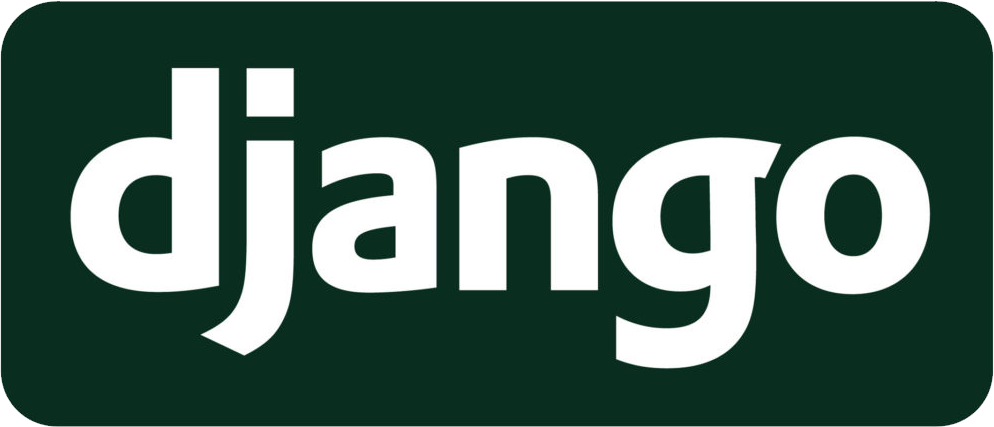
This environment is expandable, and it’s “batteries included,” coming with everything you need to start developing immediately.
Based on Python, an efficient, accessible and versatile language, and on the convention-over-configuration philosophy, it will let you start making headway with minimal effort.
Finally, its exhaustive documentation and large user community ensure that you can find a solution any time you get stuck.
Express

Driven by the popularity of Node.js, Express is a popular web application development environment at the moment. Used by heavyweights like IBM, PayPal and Uber, it stands out for its compatibility with other environments like Kraken, Sails and Loopback.
Unlike Django, Express is an environment that aims to have an innovative approach, and is popular among developers that are familiar with Node.js and JavaScript.
Rails
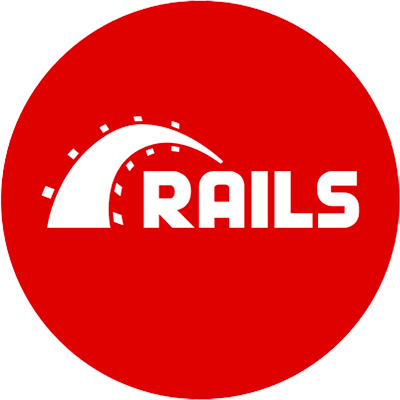
One of the most popular and beloved application development environments, Rails is well established in its field. Its long list of users, including Airbnb, GitHub, Hulu and Shopify, is impressive.
Compared to Django, Rails is more accessible, and makes it possible to develop a minimum viable product more quickly.
As with Laravel, many guides, training videos and resources are available.
The environment is highly extensible thanks to its “gems,” which are modules similar to libraries, that allow you to add features.
Finally, its extended community will be able to help you if overwhelming difficulties arise.
Also, check out Claris, an integrated data management solution.
Sources & Further Reading:
https://www.indeed.com/career-advice/career-development/what-is-web-application
https://www.monocubed.com/blog/ruby-on-rails-vs-django/
https://www.monocubed.com/blog/django-vs-express/
https://www.indeed.com/career-advice/career-development/website-vs-web-application
https://dockyard.com/blog/2019/11/06/why-build-a-progressive-web-app-instead-of-a-website
https://hackr.io/blog/web-development-frameworks
https://www.techtarget.com/searchsoftwarequality/definition/low-code-no-code-development-platform
https://geekflare.com/fr/single-page-applications/
https://hackr.io/blog/web-application-architecture-definition-models-types-and-more
https://www.designveloper.com/blog/how-long-does-it-take-to-build-a-web-app/
